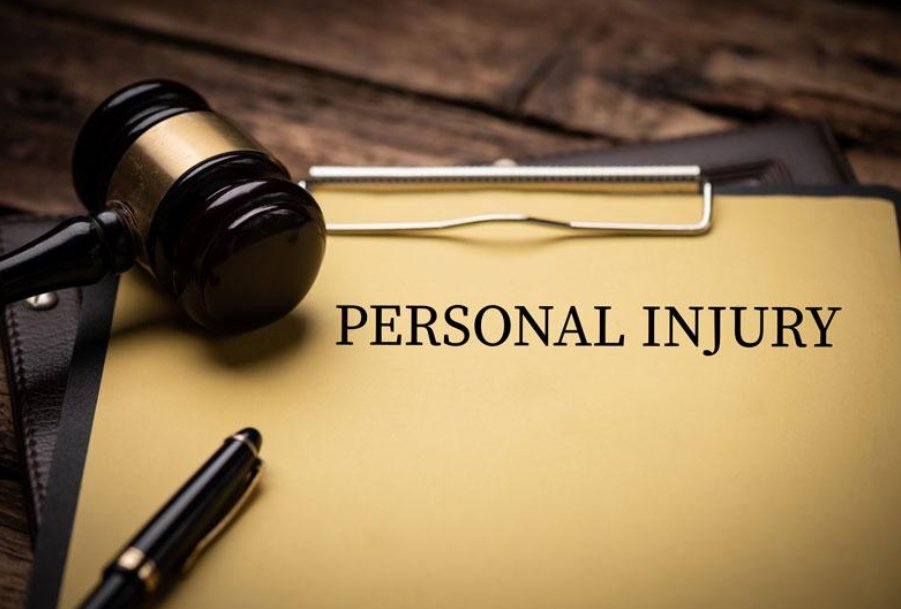Burns are among the most common workplace injuries, especially in factory settings where workers are often exposed to high temperatures, chemicals, and machinery. Not only can these injuries be painful and distressing, but they also can have long-term implications for your health and livelihood. If you experience this at work, consulting burn injury lawyers can help you understand your rights and options. Knowing what steps to take immediately after being burned can make all the difference in your recovery and in protecting your rights as an employee. Here’s a comprehensive guide to navigating this tough situation.
Immediate First Aid Steps
If you get burned, the first thing you need to do is provide immediate first aid to yourself or the injured coworker. This can be crucial in minimizing damage and preventing further complications.
1. Cool the Burn
- First-degree burns: These are minor burns affecting the top layer of skin. Run cool (not cold) water over the area for at least 10-20 minutes. Do not use ice.
- Second & Third Degree Burns: These are classified as more severe burns. Apply clean, cool water to the area, but avoid immersing large areas in water to prevent hypothermia.
2. Cover the Burn
Cover the burn with a clean cloth or sterile, non-stick bandage. Avoid using fluffy cotton or adhesive bandages directly on the wound.
3. Do Not Apply Creams or Ointments
Avoid using butter, oils, or ointments, as they can trap heat in the skin and cause more damage. Use only prescribed burn creams or those recommended by medical professionals.
4. Remove Tight Items
Remove tight items like rings, bracelets, or belts from the burned area before they swell. This will prevent further damage to the area.
5. Stay Calm and Seek Medical Help
If the burn is severe, call emergency services immediately. Keep the injured person calm and avoid giving them anything to eat or drink until medical help arrives.
Even if your burn seems minor, it’s essential to get it checked by a healthcare professional. Burns can have underlying complications that aren’t immediately visible.
- Follow-Up Care: Follow all medical advice and attend all follow-up appointments. Proper care is crucial for healing and can also be documentation if you need to file a workers’ compensation claim.
- Specialists: Depending on the severity, you may need to see specialists such as dermatologists or burn care experts for advanced treatment.
Report the Injury Immediately
After administering first aid, the next critical step is to report the injury to your supervisor or manager. This is essential for several reasons:
- Documentation: Reporting the injury ensures a formal incident record, which is vital for future claims or legal proceedings.
- Workplace Safety: Reporting can prompt an investigation into the cause of the accident, potentially leading to improved safety measures and the prevention of future incidents.
Document Everything
In the days following your injury, keep detailed records of everything related to the burn. This includes:
- Medical Bills and Records: Keep copies of all medical bills, prescriptions, and other healthcare-related documents.
- Photographic Evidence: Take photos of the burn at various stages of healing. These can be invaluable in demonstrating the extent of your injuries.
- Workplace Reports: Obtain a copy of the incident report filed by your employer.
- Diary: Maintain a diary to record pain levels, emotional stress, and any other symptoms or inconveniences resulting from the injury.
Understand Your Rights
Knowing your rights as an employee is crucial. Under labor laws, most workers are entitled to certain benefits and protections.
- Workers’ Compensation: In many jurisdictions, employers must provide workers’ compensation insurance, which covers medical expenses and lost wages due to workplace injuries.
- Legal Advice: Consult with a labor law attorney and burn injury lawyers to understand your rights better and ensure you get the compensation and care you deserve.
- Employer Responsibilities: Your employer must provide a safe working environment. Failure to do so could make them liable for your injuries.
Returning to Work
Once you’ve received medical clearance, gradually ease into your work routine. Don’t rush this process; your health should always come first.
- Modified Duties: If necessary, ask for modified duties. This could involve lighter work or fewer hours until you fully recover.
- Workplace Adjustments: Ensure that any hazards that led to your injury have been addressed. If necessary, work with your employer to implement safety improvements.
Conclusion
Suffering a burn injury while working at a factory can be a traumatic experience, but taking the right steps immediately after the incident can significantly impact your recovery and legal standing. Providing immediate first aid, reporting the injury, seeking medical attention, documenting everything, understanding your rights, and carefully planning your return to work are all essential to ensure you heal properly and receive the support you need. Remember, your safety and well-being should always come first.





